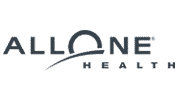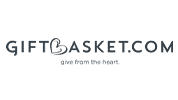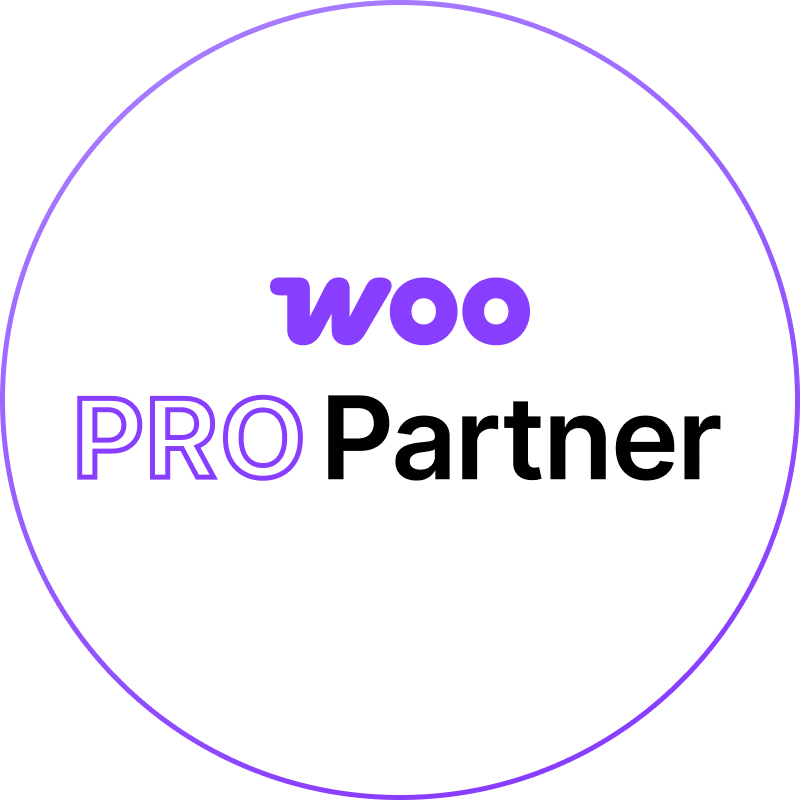The Role of Customer Journey Mapping in Lead Generation
Customer journey mapping is an essential strategy for businesses aiming to optimize their lead generation efforts. It involves creating a visual representation of every interaction a prospect has with your brand—from the first moment of awareness through to the final conversion. This process is not merely about plotting a series of steps, but about understanding the emotional and practical experiences of your potential customers. When you map out the customer journey, you can identify the key touchpoints where leads engage with your content, website, or social media platforms, and determine where friction or drop-offs occur. Such insights allow you to refine your marketing strategy, ensuring that every stage of the journey is designed to guide prospects seamlessly toward conversion. In today’s fast-paced digital landscape, where customers have many options and little time, having a clear picture of the customer journey enables you to address their needs precisely, create personalized experiences, and ultimately drive higher quality leads. By integrating these insights into your overall marketing plan, you not only improve the efficiency of your campaigns but also build a strong foundation for long-term customer relationships.
Understanding the Customer Journey
To fully leverage customer journey mapping for lead generation, it is crucial to first understand what the customer journey entails. At its core, the customer journey is the process by which potential buyers discover your brand, evaluate your offerings, and eventually make a purchasing decision. This journey is composed of several stages, each characterized by distinct behaviors, emotions, and needs. For example, during the awareness stage, potential leads may encounter your content through a blog post, social media ad, or search engine result. At this point, their primary objective is to learn more about the problem they face and potential solutions. As they move into the consideration phase, prospects start comparing different options, reading reviews, and engaging with in-depth resources such as whitepapers or webinars. Finally, in the decision stage, customers evaluate detailed product information, pricing, and testimonials before making a commitment. By understanding these stages, you can tailor your content, messaging, and calls-to-action to meet the specific requirements of each phase. This tailored approach not only enhances the customer experience but also increases the likelihood of converting a casual visitor into a loyal customer. Additionally, analyzing the journey helps identify any gaps or pain points where potential leads might drop off, allowing you to proactively address these issues and improve overall conversion rates.
Identifying Key Stages
The next step in the customer journey mapping process is to identify the key stages that define the path from prospect to customer. Typically, this journey is segmented into three primary stages: Awareness, Consideration, and Decision. In the Awareness stage, your goal is to capture the attention of potential leads by providing valuable content that educates and informs. Here, you might focus on blog posts, social media campaigns, or introductory videos that highlight the challenges your audience faces. The Consideration stage is where prospects begin to evaluate their options more closely. At this point, they are looking for detailed information, comparisons, and testimonials that help them understand how your offerings can address their needs. Content such as case studies, webinars, and detailed product guides plays a crucial role in moving leads further down the funnel. Finally, in the Decision stage, the focus shifts to conversion. This stage is all about encouraging prospects to take action, whether by signing up for a demo, requesting a consultation, or making a purchase. Clear calls-to-action, persuasive landing pages, and strong social proof become key elements in facilitating this final step. By identifying and optimizing each of these stages, you can create a comprehensive strategy that addresses the unique needs and behaviors of your audience at every point in their journey. This methodical approach not only streamlines your lead generation process but also enhances the overall effectiveness of your marketing campaigns, ensuring that prospects are nurtured from initial contact to conversion with precision and care.
Mapping Customer Touchpoints
Understanding where and how prospects interact with your brand is a critical step in creating a seamless customer journey. Mapping customer touchpoints involves identifying every instance when a potential lead comes into contact with your business—from initial awareness on social media or search engines to interactions on your website, through to customer support and follow-up emails. Each of these moments provides valuable data on user behavior and preferences. By plotting these touchpoints on a visual journey map, you can gain insight into what works and where there may be gaps or friction points. For example, if analytics reveal that visitors frequently exit your site after viewing product pages, it may indicate that your content or call-to-action isn’t compelling enough. Conversely, if users are engaging with your blog posts but not converting, you might consider adding more prominent calls-to-action or integrating lead capture forms at strategic points. This mapping process not only helps identify the strengths and weaknesses in your current lead generation funnel but also provides a roadmap for targeted improvements. With a clear understanding of each interaction, you can tailor your messaging and content to better guide prospects from one stage of the journey to the next, ensuring a smoother transition from awareness to conversion.
Aligning Marketing Strategies
Once you have mapped out all the touchpoints, the next essential step is aligning your marketing strategies with the insights gained from the customer journey map. This alignment ensures that every piece of content, every advertisement, and every outreach effort is designed to move the prospect seamlessly along the sales funnel. Begin by revisiting your buyer personas and ensuring that your messaging is tailored to address the specific needs and pain points identified at each stage of the journey. For instance, early-stage content should focus on educational and awareness-building material, while mid-funnel efforts might emphasize detailed product information or customer success stories. Aligning your strategies also means coordinating across channels; your email campaigns, social media posts, and website content should all deliver a consistent message and visual identity that reinforces your brand’s value proposition. A unified strategy helps in building trust and familiarity, reducing the friction that often causes leads to drop off. Additionally, synchronizing your marketing efforts with sales feedback creates a more responsive system where adjustments can be made quickly based on real-time data. This coordinated approach not only maximizes conversion opportunities but also optimizes resource allocation, ensuring that every marketing dollar is spent effectively to nurture prospects through the funnel.
Personalizing Lead Nurturing
Personalization is the linchpin of effective lead nurturing, transforming generic follow-ups into tailored experiences that resonate with individual prospects. By leveraging the detailed insights from your customer journey map, you can craft personalized communications that address specific behaviors, preferences, and pain points of your leads. This means moving beyond one-size-fits-all messaging and using segmentation to deliver content that feels relevant and timely. For example, if a lead has repeatedly engaged with content related to a particular product feature, subsequent communications can include targeted information or exclusive offers around that feature. Personalization can take many forms—from personalized email drip campaigns that adapt based on user actions, to dynamic website content that changes in response to the visitor’s previous interactions. By using automation tools and CRM systems, you can track a lead’s journey and trigger tailored messages at critical moments, ensuring that each interaction adds value and nudges the prospect closer to conversion. This level of customization not only increases engagement rates but also builds a deeper relationship between your brand and the potential customer. Ultimately, effective personalization is about creating a cohesive and individualized experience that makes leads feel understood and valued, significantly increasing the likelihood of conversion and long-term loyalty. In some cases, partnering with a professional lead generation service can provide the advanced tools and insights necessary to fine-tune these personalized strategies and achieve even greater results.
Integrating CRM Systems
Integrating CRM systems with your customer journey mapping data is vital for transforming raw insights into actionable strategies. By consolidating all customer interactions into a centralized database, you create a single source of truth that empowers both marketing and sales teams. This integration enables you to track every touchpoint a prospect experiences—from initial website visits to interactions with support—and correlate these actions with overall conversion trends. By aligning your CRM with your customer journey map, you can segment leads more accurately, identify high-value prospects, and personalize follow-up communication based on detailed behavioral insights. For instance, if a prospect has engaged with multiple educational resources on your site, your CRM can flag this behavior, prompting targeted outreach from your sales team. This streamlined integration not only enhances the efficiency of your lead nurturing process but also ensures that every decision is supported by comprehensive data. Ultimately, a well-integrated CRM system serves as the backbone of your lead generation strategy, allowing for better tracking, analysis, and ultimately higher conversion rates.
Enhancing Customer Experience
Enhancing the overall customer experience is crucial for moving prospects smoothly along the sales funnel. A deep understanding of the customer journey, combined with insights gathered from CRM systems, allows you to create a more personalized and frictionless experience for every lead. This involves optimizing website design, improving navigation, and ensuring that each interaction is intuitive and satisfying. When potential leads encounter a seamless and engaging digital experience, their trust in your brand increases significantly. It’s important to focus on reducing any friction points—whether that’s slow page load times, confusing navigation menus, or overly complicated forms—that might discourage a prospect from moving forward. Enhancing the customer experience also means delivering relevant content at the right time. Personalization techniques, such as dynamic website elements that adapt to user behavior or tailored email sequences, create a more engaging journey that resonates with individual needs. When prospects feel understood and valued, they are more likely to convert and become long-term customers. Consistently positive experiences not only drive immediate conversions but also build a foundation for word-of-mouth referrals, further fueling your lead generation efforts.
Continuous Feedback and Optimization
Continuous feedback and optimization are essential for maintaining an effective customer journey mapping strategy. The digital landscape is dynamic, and customer behaviors and expectations change over time. To stay ahead, it’s important to collect ongoing feedback from multiple channels, such as customer surveys, usability testing, and direct input from sales teams. This feedback provides valuable insights into areas where your marketing and customer experience efforts can be improved. For example, if you notice that a particular landing page has a high bounce rate, this might indicate that the messaging or design is not resonating with your audience, and adjustments are needed. A systematic approach to continuous optimization involves regularly reviewing performance data, conducting A/B tests on key elements, and iterating on successful strategies. This iterative process ensures that your customer journey map remains accurate and that your marketing tactics evolve in response to real-world trends and user feedback. By continually refining your approach, you can address any issues promptly and ensure that your strategy is always aligned with the needs of your target audience. This commitment to continuous improvement not only enhances the efficiency of your lead generation funnel but also contributes to a more satisfying customer experience overall.
Measuring ROI and Scaling Success
Measuring return on investment (ROI) and scaling success are the final components in building an effective customer journey mapping strategy for lead generation. It is critical to establish key performance indicators (KPIs) such as conversion rates, average time to conversion, and cost per lead to gauge the effectiveness of your strategy. Utilizing analytics tools, you can track the performance of each touchpoint in the customer journey and determine which elements are driving the most value. For example, analyzing data from your CRM and web analytics can help you understand which customer segments are most engaged and which marketing channels yield the highest conversion rates. Once you have identified successful tactics, the next step is to scale these efforts across your entire marketing strategy. This might involve replicating high-performing landing pages, expanding personalized email campaigns, or increasing investment in the channels that deliver the best results. The goal is to create a scalable framework where every dollar spent on marketing translates into measurable growth in high-quality leads. Integrating these insights into broader business strategies ensures that your lead generation efforts are both sustainable and adaptable to future market shifts. For companies looking to maximize efficiency, partnering with a professional lead generation service can further enhance your ability to measure ROI and scale success, providing advanced tools and expertise to drive continuous improvement. By rigorously tracking performance and systematically scaling successful initiatives, you build a resilient lead generation strategy that delivers long-term business growth.

















